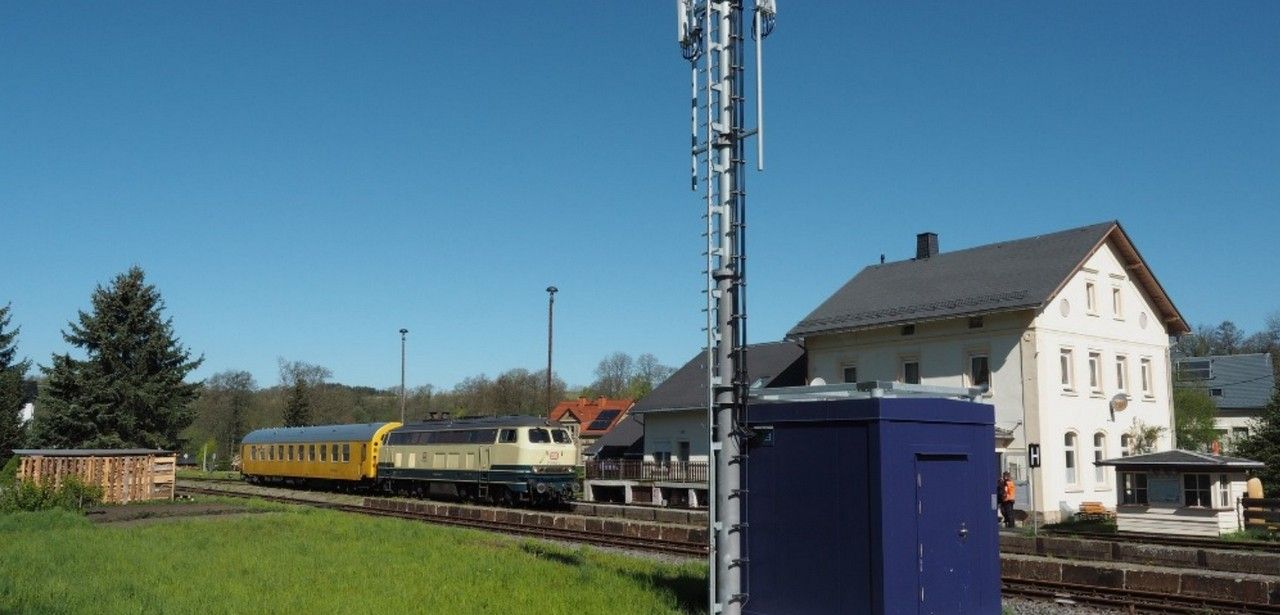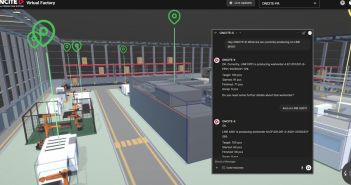The digitalization of the railway infrastructure in Germany is advancing rapidly, with the DB Netz AG planning a comprehensive modernization and digitization of the rail network as part of the “Digital Rail Germany” sector initiative. This includes the implementation of technologies such as the European Train Control System (ETCS), the integrated control and operating system (iLBS), and Digital Interlockings (DSTW). Additionally, future technologies like high and fully automated driving, real-time positioning, sensor-based environment perception, and AI-based traffic management will be introduced.
Digitalization: Unlocking Efficiency and Capacity in Rail Transportation
The digitalization of rail infrastructure is seen as a crucial step towards improving rail transportation, with a multitude of advantages. It allows for increased capacity on existing tracks, leading to more efficient use of rail networks and a higher transport capacity. Additionally, optimized processes and standardized technical components enhance reliability, resulting in fewer delays and smoother operations for both passenger and freight transportation. Furthermore, the technological advancements driven by digitalization promote innovation in the entire rail industry, positioning Germany as a leader in technology.
- The digitalization of the railway infrastructure in Germany enables an increased capacity in the network by allowing more trains to operate on the existing infrastructure. This results in a more efficient utilization of the rail tracks and an enhanced transport capacity
- Improved reliability: Through optimized processes and standardized technical components, railway operations become more reliable. Fewer hardware components also mean fewer potential sources of failure, resulting in fewer delays and smoother passenger and freight transportation
- The digitalization of the railway industry serves as a catalyst for technological innovation, propelling the entire German railway sector forward. By developing innovative and exportable systems, Germany can tap into new markets and establish itself as a leader in technology
- The digitalization of rail transport facilitates a shift in transportation to the rail system, which is already one of the most environmentally friendly modes of transport. This helps reduce CO2 emissions and promotes climate protection
- The digitalization of the railway industry brings about a significant increase in data communication. Advanced IT and connectivity platforms enable high-performance and wireless real-time communication between trains and infrastructure
The introduction of 5G is crucial for the digital transformation of railway communication. The current GSM-R system based on 2G can no longer meet the bandwidth and latency requirements of digital applications. 5G will serve as the foundation for the efficient and flexible Future Railway Mobile Communication System (FRMCS), which will replace the existing GSM-R standard. FRMCS offers higher data rates and reduced latency, ensuring a powerful and uninterrupted connectivity for a wide range of digital applications.
The digitalization of rail transport through the implementation of 5G and other technologies offers a plethora of advantages. By increasing the capacity of the rail network, more trains can operate efficiently, leading to improved utilization of rail infrastructure and enhanced transport capacity. Additionally, the digitalization process enhances reliability by optimizing operations and adopting standardized technical components, resulting in fewer potential sources of failure. This, in turn, reduces delays and ensures smoother passenger and freight transport.














